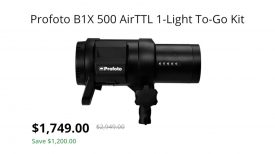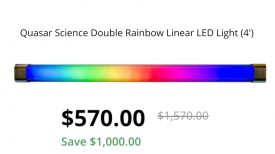Canon has announced that they are in the process of developing the EOS R3. The R3 will be the Japanese companies flagship mirrorless camera and will sit above the R5.
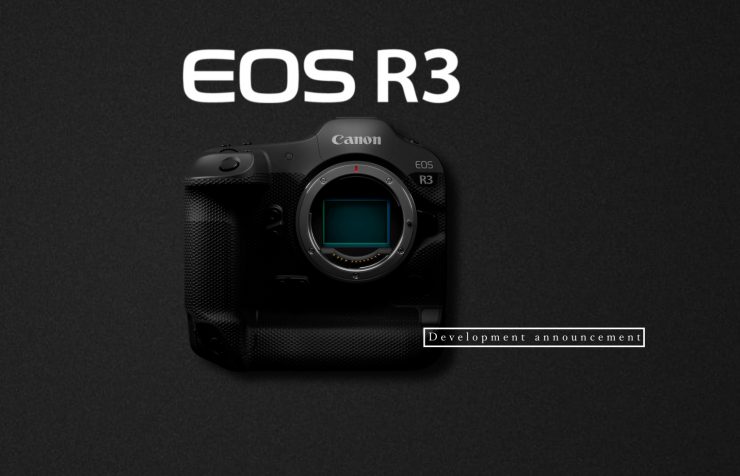
It is best to think of the EOS R3 as the mirrorless equivalent of the 1D X Mark III. It is being specifically targeted at professional sports and news photographers.
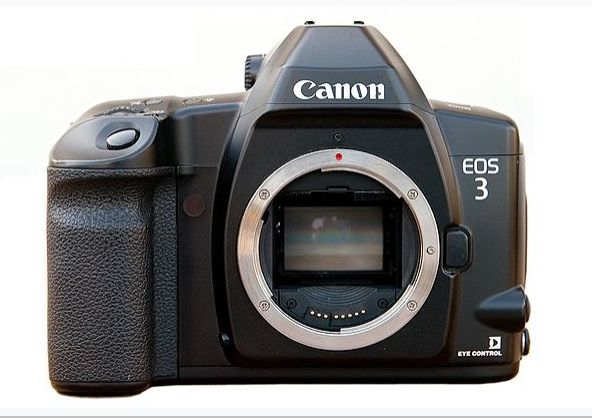
Canon hasn’t used the 3 designation since 1998 when the EOS-3 35mm SLR was introduced.
Canon is touting that the EOS R3 is being made to meet three criteria:
- High Speed
- High Sensitivity
- High Reliability
Before you get too excited this is just a development announcement and Canon has not released a lot of the key features and specifications of the camera. Camera development announcements have become increasingly popular over the last few years. As you will be well aware, Canon chose this same marketing strategy when the first announced the EOS R5.
Sensor
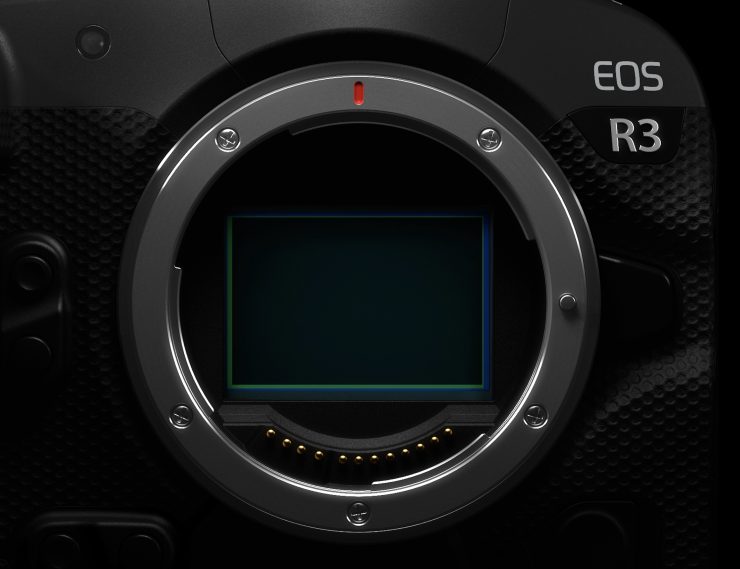
The EOS R3 will feature a brand new 35mm full-frame back-illuminated stacked CMOS sensor. This will be the first Canon camera to utilize a sensor of this kind.
Back-illuminated stacked CMOS sensors are used in quite a few of Sony’s mirrorless offerings.
The benefit of utilizing a back-illuminated stacked CMOS sensor and a DIGIC X image processor is that the EOS R3 should have pretty high readout speeds and reduced rolling shutter. It should also be a lot more light-sensitive, and therefore better in low-light environments.
We have no information about what the sensor resolution will be for the R3. Whether they will go down the higher MP path as Sony did with the Alpha 1 and what Nikon is apparently doing with the Z9, or stay with a lower MP solution like they did with the 1D X Mark III will be interesting to see.
If I was to guess, I would assume that it will have more in common with the 1D X Mark III when it comes to sensor resolution.
Canon is also claiming that in stills mode the camera will be capable of up to 30fps utilizing the electronic shutter with full AF/AE capabilities. This is 10fps higher than the EOS-1D X Mark III and the same as Sony’s Alpha 1.
What we do know
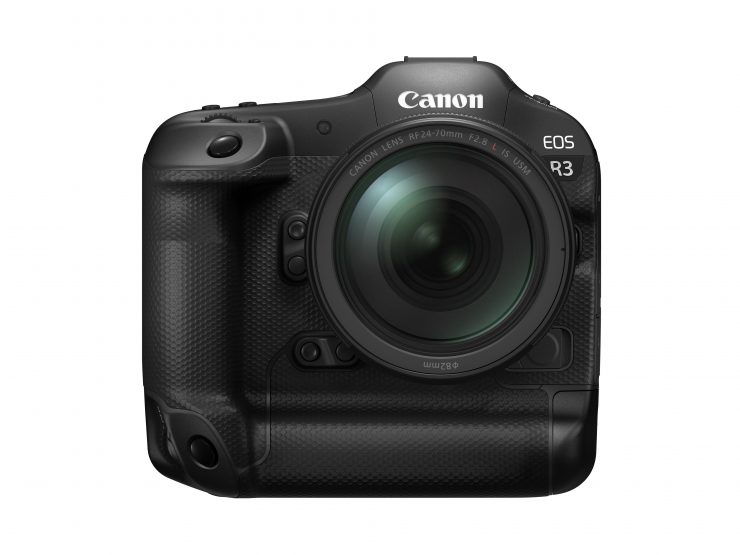
It is better for me to just tell you what we do know as opposed to what we don’t know. Here are the key features that Canon has mentioned:
Improved focus performance
With the new sensor and Dual Pixel AF technology, Canon claims that the R3 will deliver ‘a new level of subject tracking‘. Canon states that eye and head tracking has been improved.
What is also interesting is that there will be a new Torso tracking mode which will be good news for anyone shooting sports. Canon has also said that they are also in the process of developing other forms of tracking for different subject types, but they haven’t specified any further details.
Also making a comeback in Eye AF control. This is something we haven’t seen in a canon camera for a very long time. This technology was first introduced in the EOS 5 (or the EOS A2 and A2e if you were in the US) back in 1992.
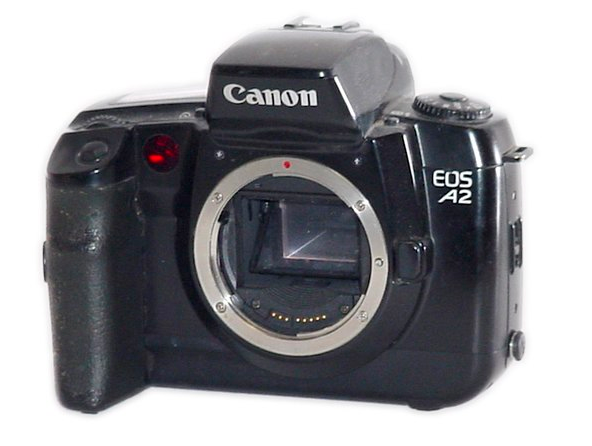
The EOS 5 eye-control focusing allowed the user to select from one of five focus points by looking at it through the viewfinder as well as activating depth-of-field preview by looking at a sixth point marked in the top-left corner of the viewfinder. At the time, this feature was unique to Canon.
Ironically, the last camera to feature eye-control focusing was the EOS 3.
It is unclear at this stage just how the eye focusing technology will work in the EOS R3, but it is certainly an innovation that could be of a lot of benefit to users.
Form Factor
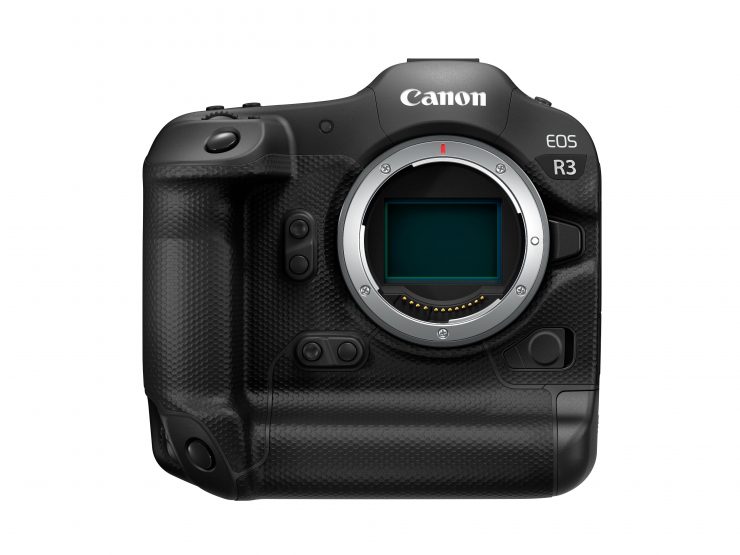
The R3 features a built-in vertical grip so it is going to be larger and heavier than an EOS R5 or R6. Form factor wise it has a lot more in common with the 1D X Mark III than any of Canon’s mirrorless offerings.
Build Quality
The EOS R3 will be built to the same standards as the EOS-1 series. You should expect the same type of robust body structure as the 1D X Mark III and the same level of water and dust resistance.
Video capabilities?
Again, this is anyone’s guess at this stage. Based on the video functionality found in the 1D X Mark III and the R5, I would expect the R3 to be no slouch in this department. Whether the video capabilities have more in common with the 1D X Mark III or the R5 will probably depend on the sensor resolution.
If I was to have a guess I would imagine that the video capabilities are likely to more closely what is available in the 1D X Mark III.
Even though the R3 is primarily being targeted at photographers first and foremost, if history has taught us anything, we shouldn’t underestimate Canon when it comes to putting video functionality into a stills camera.
Competition
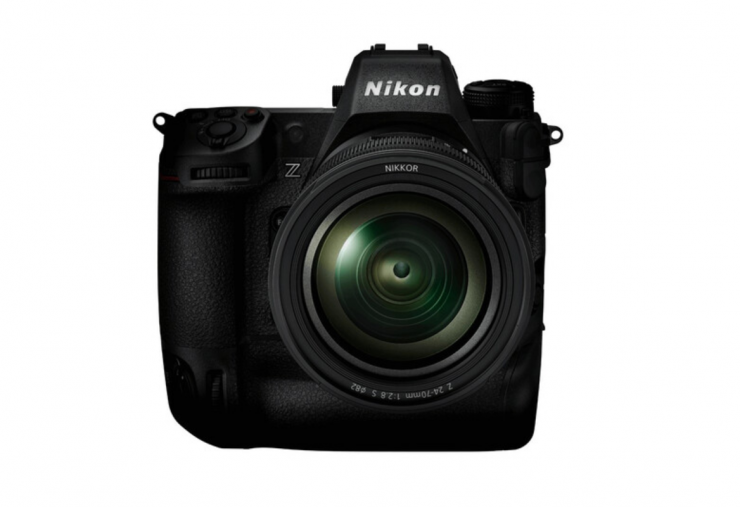

Nikon Z9 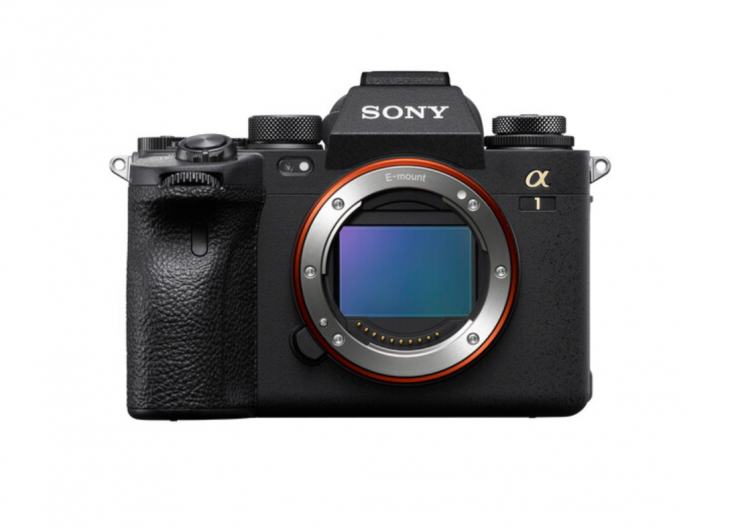
Sony Alpha 1 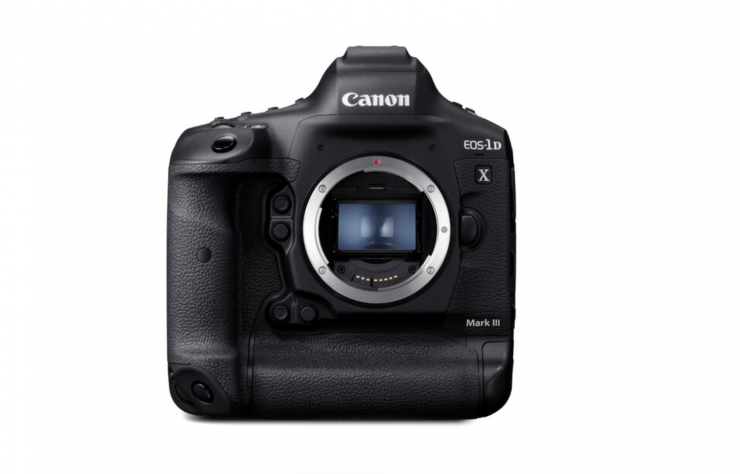
Canon 1D X Mark III
The competition for the R3 will come from Nikon’s upcoming Z9, Canon’s own EOS-1D X mark III, and Sony’s Alpha 1.
Initial thoughts
What you clearly need to remember is this is a stills camera first and foremost, and it is being targeted at professional sports and news photographers. The R3 clearly signals a push from Canon to get more professional news and sports photographers to move to a mirrorless system.
Even though the R3 is being touted as Canon’s flagship mirrorless camera, the fact that it features a ‘3’ designation and not a ‘1’ does leave the door open for a future R1 to be released. That camera could well feature a very high MP sensor which leads me to assume that the R3 will have a sensor resolution that is more in line with the 1D X Mark III.
What will the price be?
Who knows! But as a guideline, the EOS-1D X Mark III retails for $6,499 USD. Sony’s Alpha 1 retails for $6,498.00 USD.
What are your thoughts about the EOS R3? Let us know in the comments section below.



